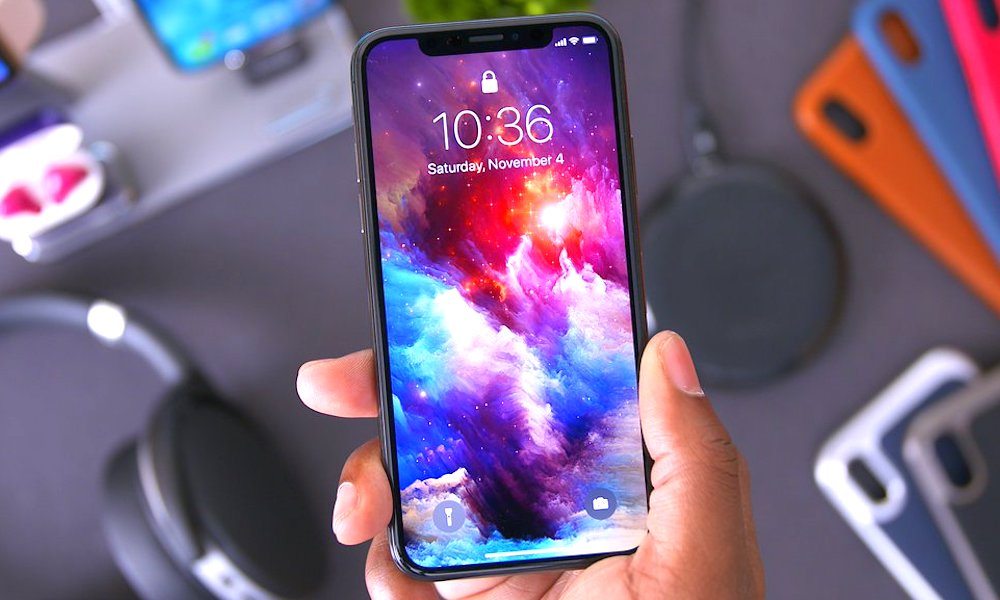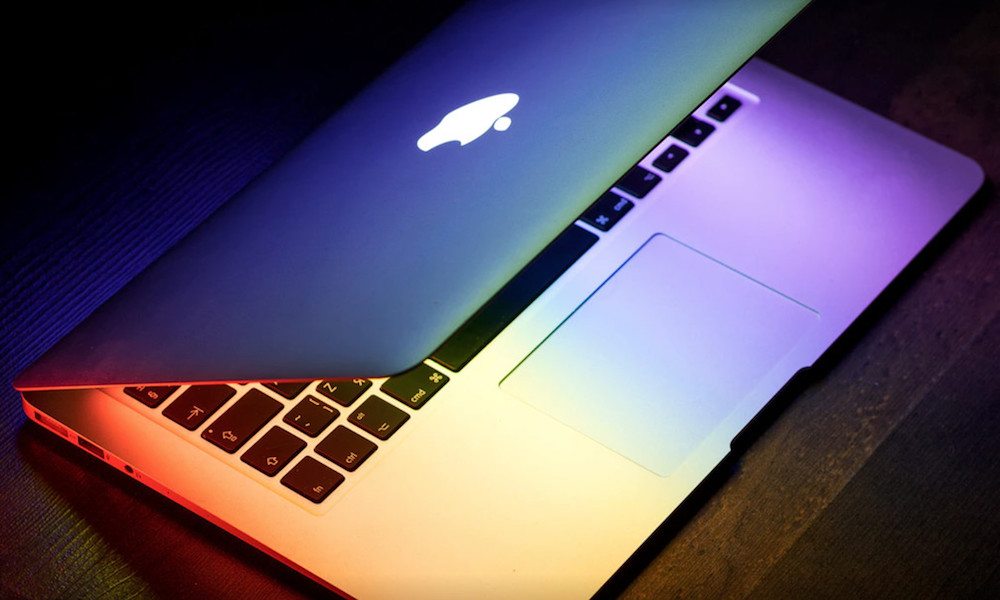5 Components Apple Could Produce to End Supplier Reliance
 Area Mobile
Area Mobile
You may not have noticed it, but Apple has quietly become a powerhouse in the chipmaking industry. In recent years, the Cupertino tech giant has taken to producing more and more first-party silicon.
Essentially, what that means is that Apple is making more of the components that go into its popular consumer electronics. A lot of those components are chips at this point, but there’s increasing evidence that Apple could eventually make many of its own components, which would end its reliance on many suppliers. Continue on to the next page to learn more.
5 Batteries

Earlier this year, it was reported that Apple was holding discussions with cobalt miners to secure a long-term supply of the metal. Notably, cobalt is used in the production of lithium-ion batteries. And while Apple could simply want more control over its supply chain, there’s another possibility, too.
As we’ve seen, Apple likely wants to produce as many of its own components as possible. There’s no reason that can’t expand to batteries — particularly with its recent battery-related controversy. While this is purely speculation, an Apple-designed and produced battery could allow the company finer control over a component that’s caused it trouble. And it could fit into Apple’s larger plans to be its own supplier.
4 Displays

News broke recently that Apple is designing its own in-house MicroLED displays at a secret facility in California. That’s massive news for the industry — and while Apple will only use the displays for its Apple Watch at first, it has wider implications.
Bloomberg’s Mark Gurman said it is only “the latest example of Apple bringing the design of key components in-house.” Apple could very well move into making displays for its other products. Consider that Apple relies entirely on Samsung for its iPhone X OLED displays. Cupertino has a vested interest in disrupting that, and if it started producing first-party displays, it could very well do that.
3 Co-Processors

Earlier this year, Bloomberg reported that Apple is planning on equipping several MacBook and Mac products with its own T-series co-processors this year. Right now, only the MacBook Pro with Touch Bar and iMac Pro feature Apple-made silicon, so the move would expand that list.
At first, the co-processors will only take on some functionality — on the iMac Pro, Apple’s T2 chip handles power management and security, while the MacBook Pro’s T1 chip controls the Touch Bar. But the move could be a hint at Apple’s future plans, which brings us to…
2 Mac and MacBook CPUs

Presumably, several models in this year’s Mac and MacBook lineup could sport a so-called T3 co-processor. But many analysts and market watchers believe it’s only a matter of time before Apple designs and creates the entire central processing unit (CPU) for its computers.
That would be a massive change. Currently, Intel produces the CPUs for basically all of Apple’s Mac devices. But recent news of vulnerabilities and Apple’s own desire to create its own components could lead to a custom Apple-designed chip. For Intel, that means losing its fifth-largest customer. For consumers, it might be a more efficient and safer Mac platform.
1 A Wider Range of Chips

Last year, two separate reports suggested that Apple will be creating its own in-house power management chips and graphics processing units (GPUs). Unsurprisingly, that news devastated Apple’s previous suppliers of those components.
As far as GPUs, Apple has already outfitted its iPhone 8 and X devices with custom graphics units. And on the topic of power management chips, analysts predict that Apple-designed power management silicon could end up in iPhones by next year.
